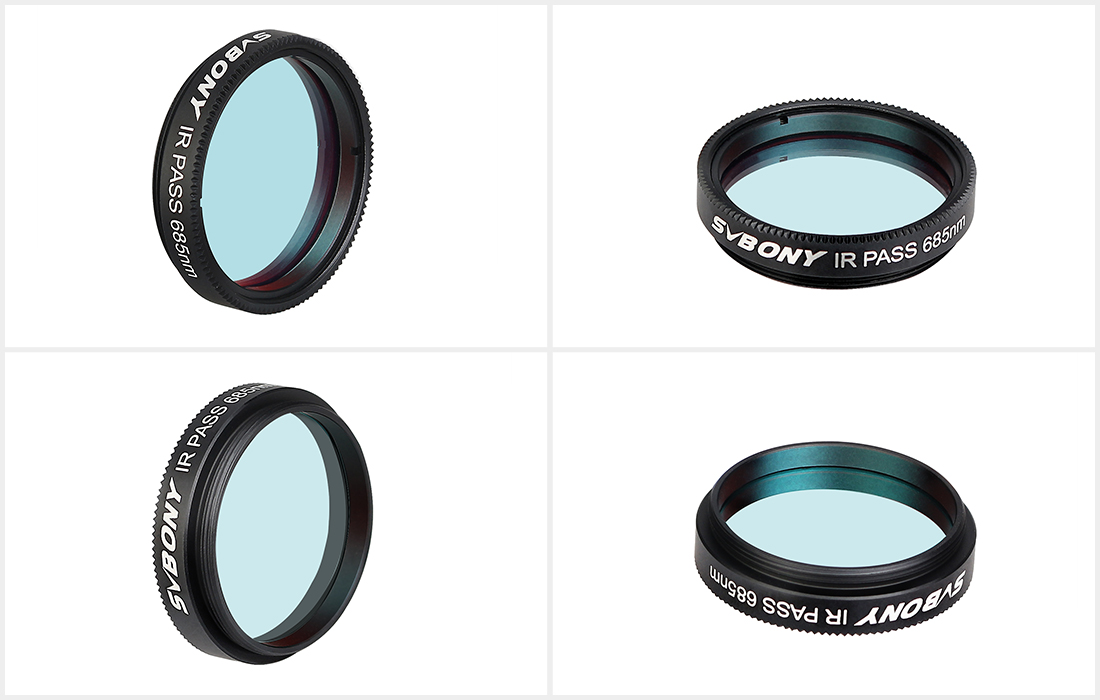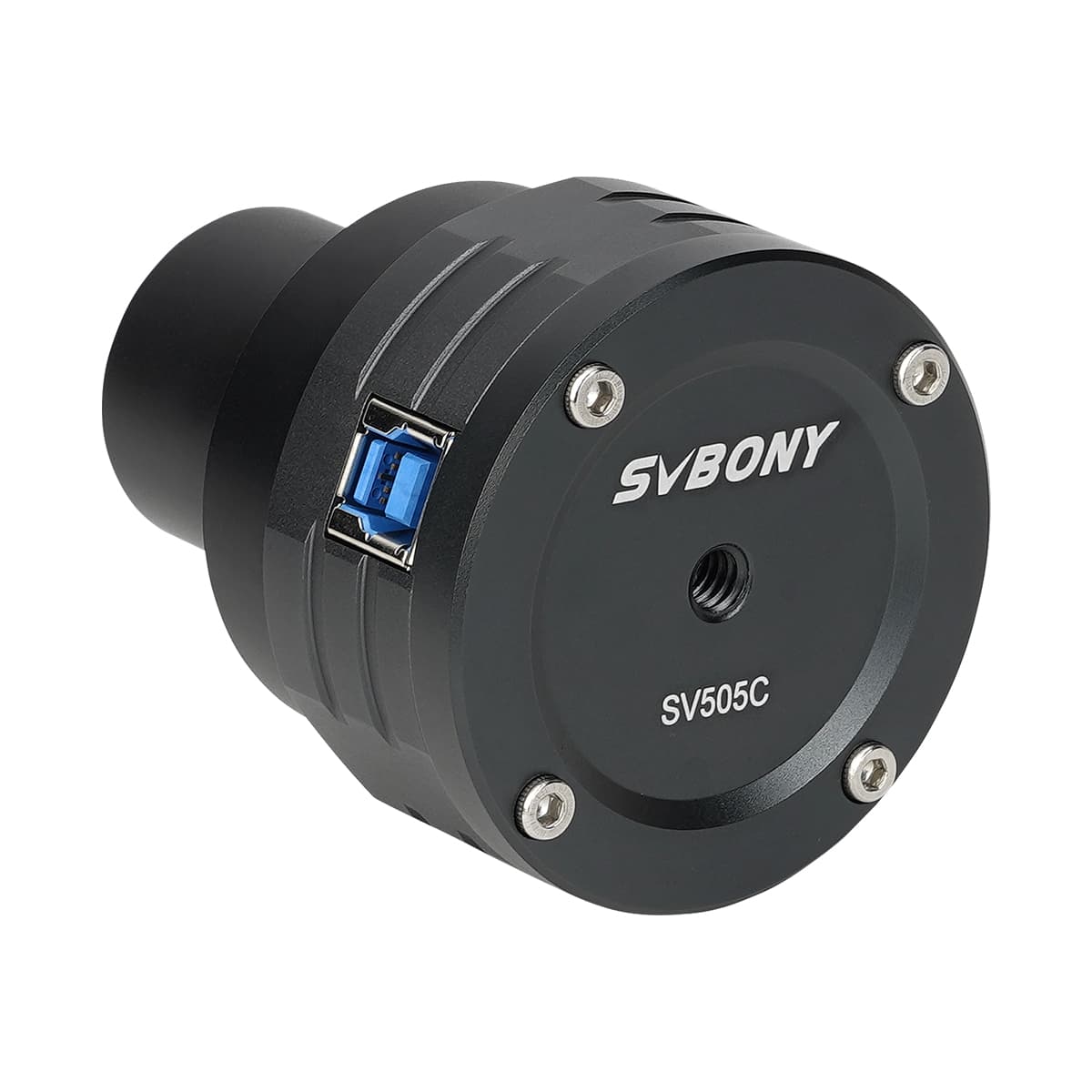Svbony SV705C astronomical camera test
Svbony provided me with a Svbony SV705C color astronomical camera based on a Sony imx585 sensor for testing. This is a widescreen sensor with 4K resolution (3856 x 2180) and 1\1.2″ diagonal, introduced in 2021, which is an improved version of the similar Sony imx485 sensor.
The Svbony SV705C camera is of particular interest for shooting planets, the Moon, the Sun, including for creating videos in 4k resolution. Low read noise, high resolution, very large sensor, as well as the claimed absence of the sensor’s own glow (“amp glow”) make it also attractive for shooting comets and bright deep sky objects, including EAA (Electronically Assisted Astronomy). The camera does not have active cooling.
Specifications declared by the manufacturer
| Model | SV705C |
| Sensor | IMX585 |
| Total Pixels | 8.3 Mega Pixels |
| Diagonal | 12.85mm |
| Max Resolution | 3856×2180 |
| Pixel Size | 2.9μm X 2.9μm |
| Chip Size | 11.2mm×6.3mm |
| Frame Rate | 45FPS |
| Shutter | Rolling shutter |
| Exposure Range | 32μs-2000s |
| Readout Noise | 6.5e~0.7e |
| QE Peak | ≈90% |
| Full Well | 38k e |
| ADC | 12 bit |
| ROI | YES |
| BIN | 1X1 2X2 |
| Digital noise reduction | HCG |
| Compatible OS | Windows , Linux OS Raspberry Pi,Mac os, Chrome os |
| Caching | 128M |
| Guiding Port | ST4 |
| Data Port | USB3.0 |
| Adapter | 1.25″/2″/ M42X0.75/CS/C |
| Back Focal Length | 6.5mm/12.5mm |
| Protective Window | AR Coating |
| Working Humidity | 30%-80% |
| Storage Humidity | 20%-90% |
| Operating Temperature | -10℃ to +50℃ |
| Storage Temperature | -20℃ to +60℃ |
| Net Weight | 575g |
| Product Size | Ø58×38.3mm |
…




